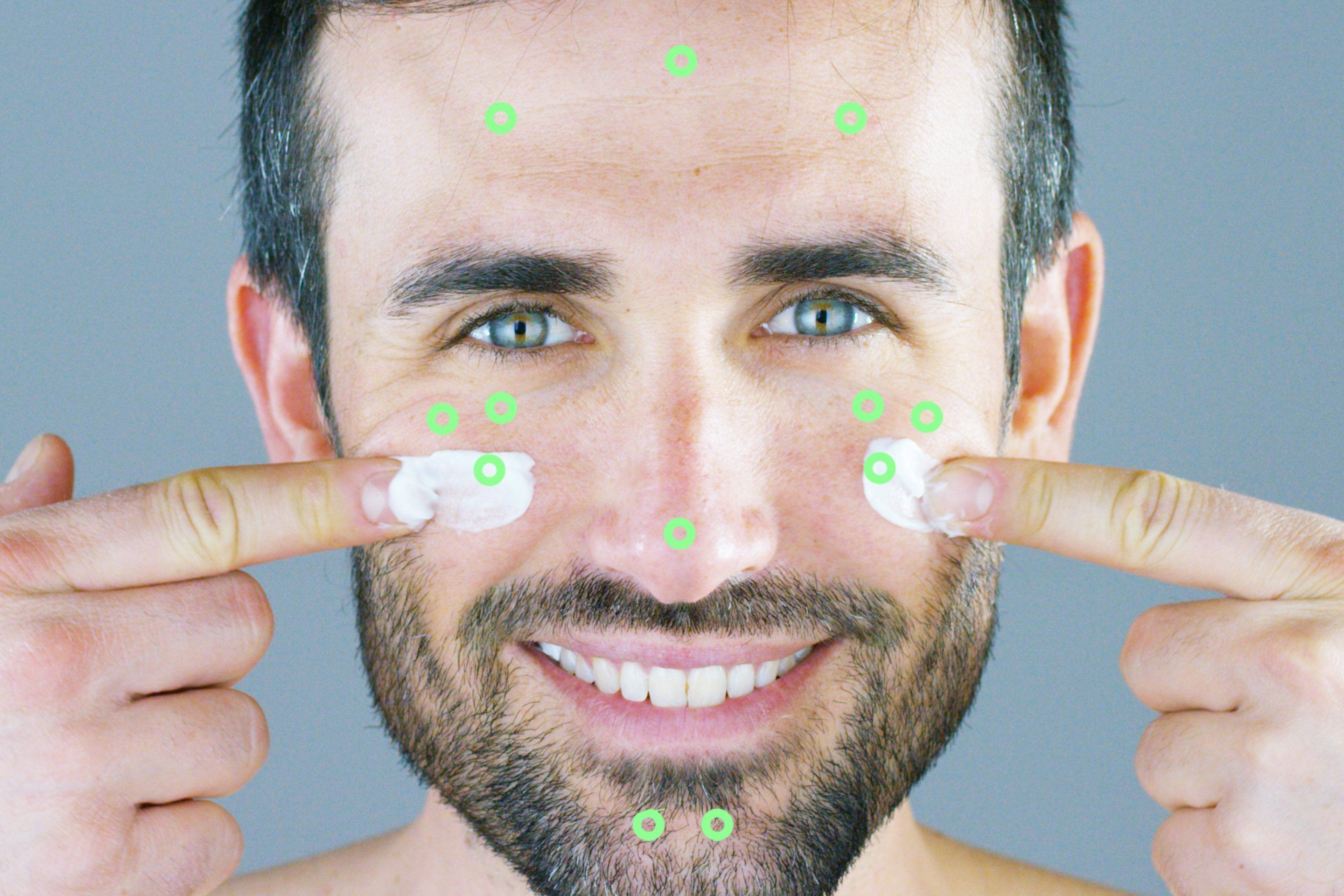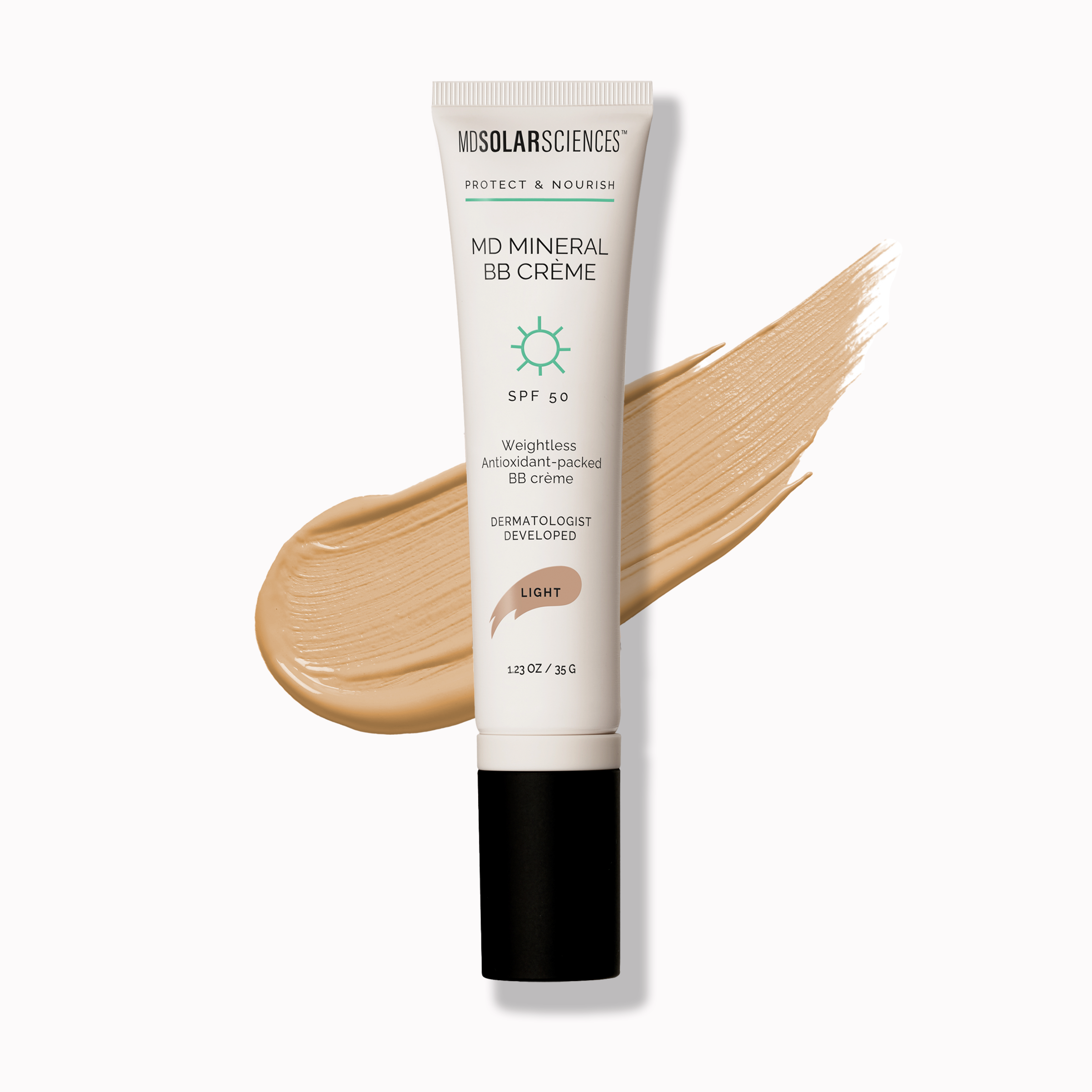Even in our Covid world, life can be a fast-paced rat race of whirlwind coffee runs, online school or school drop offs, and zoom meetings – seemingly leaving no room for skincare. And besides, sunscreen is just for summer, right?
Not quite… SPF is the first, most important step in anti-aging, and it’s necessary every day – even inside (wrinkle-creating UVA rays shine right through windows) and even in the winter (UVA remains strong all year long). But don’t worry – gone are the days of sticky, goopy sunscreen. Our SPF products fit right into your routine and lifestyles, with luxurious textures you’ll actually want to wear. There’s no reason to drop everything and reinvent the wheel to introduce sun protection into your day, but it’s certainly important to make sure it’s in your routine. Your skin will love you for it, we know it.
If you’re already using sunscreen every day in a BB crème, foundation or moisturizer, you’ve taken the first step to keeping your skin safe and beautiful! However, you may not be applying it close enough to your hairline, or on your neck, ears or chest, and it may only have SPF 15 protection. “The absolute minimum SPF you need to wear on your face every day—even if you’re just sitting in an office or a classroom until dusk—is SPF 30,” says Dr. Mona Gohara (Allure). Beyond that, make sure that your product is broad spectrum – meaning that it will protect you from both the burning UVB rays and aging UVA rays. If it doesn’t say “broad spectrum” – your sunscreen is only doing half the work. Sure, saving ourselves from sunburn is important, but the ‘Future You’ will be oh-so pleased that you’ve been preventing wrinkles and age spots all along.
Mapping out your face (or other desired areas) to ensure that you cover fully with sunscreen is important, and we’ve developed a 7 steps checklist to help you get the most of your sunscreen!
1. Be Generous
According to The American Academy of Dermatology, most people only apply 25-50% of the recommended amount.
“A dab’ll do ya” doesn’t work so well when it comes to sunscreen. It’s important to make sure that you’re covering every area – we’ve all fallen victim to splotchy sunburn. Everyone is different, but NYU School of Medicine dermatology professor and NYC dermatologist Dr. Elizabeth Hale suggests you apply at least “a nickel-sized dollop to the face alone” and approximate a shot-glass full for exposed areas of the body (the equivalent of 2 tablespoons). 
2. Check yourself in a mirror
Watch yourself in the mirror during application, taking care to apply evenly and hit easy-to-miss spots like ears, your hairline, or neck.
If the sun sees it, it’s susceptible to sun damage. We can try and feel our way through sunscreen application, but seeing is believing. Apply in small areas and only move onto the next body part once you are sure that you’ve applied enough that the area you’re focusing on is completely covered.
3. Apply before you leave the house
Sunscreen should be applied at least 15 minutes before sun exposure. Chemical formulations take this amount of time to reach their full protection potential. While mineral sunscreens begin working immediately, to create good habits we always suggest applying before heading outdoors.
Plan ahead! Chances are you won’t find a mirror outdoors, so be sure to apply consciously and carefully. If you wait until you’re outside to start spraying on your sunscreen, you’ve actually exposed your skin to the sun’s harmful rays for at least 15 minutes, which for some, is enough time to get badly sunburned, and upping your chances for melanoma or skin cancer later on.
4. Massage it in
Gently massage the product onto skin to ensure proper blending. When applied in the mapped sections of the face, the product does blend more evenly, without leaving behind any white cast.
Blending the map points together lightly is all it’ll take for the crème to cover skin evenly; if you feel you need more product, map and blend again! Mineral formulations sit on top of the skin’s surface, so they’re historically known to be a bit tougher to blend in. If you try and rub a large amount of mineral sunscreen onto a small area, it’s much more difficult for the product to blend.
5. SPF over makeup works
Apply over makeup as a mattifying finishing touch or to make reapplication easy during the day.
If you apply sunscreen in the morning, that’s a great first step to healthier skin; but even the most powerful sunscreen won’t last all day. You can reapply directly over foundation, bronzer, and blush – blend gently, and your makeup should stay in place.
6. Under makeup works too!
Worn alone or underneath foundation, the matte finish of our mineral formulations makes them great primers, like the Mineral Crème SPF 50.
The texture smooths over skin providing a blurring, “Instagram filter” effect to the skin, and with a matte finish – your foundation will set beautifully on top. If mineral formulas aren’t your favorite, our Daily Perfecting Moisturizer SPF 30 keeps skin looking dewy and refreshed, while keeping makeup in place.

7. Reapply
Try to reapply at least every 2 hours and immediately after swimming, sweating or towel drying.
Although most of our formulas are water resistant for 80 minutes –reapply after you’ve dried off to ensure that you’re getting the full protection promised by the sunscreen.
Shop our full collection of skincare and sunscreen products here.







